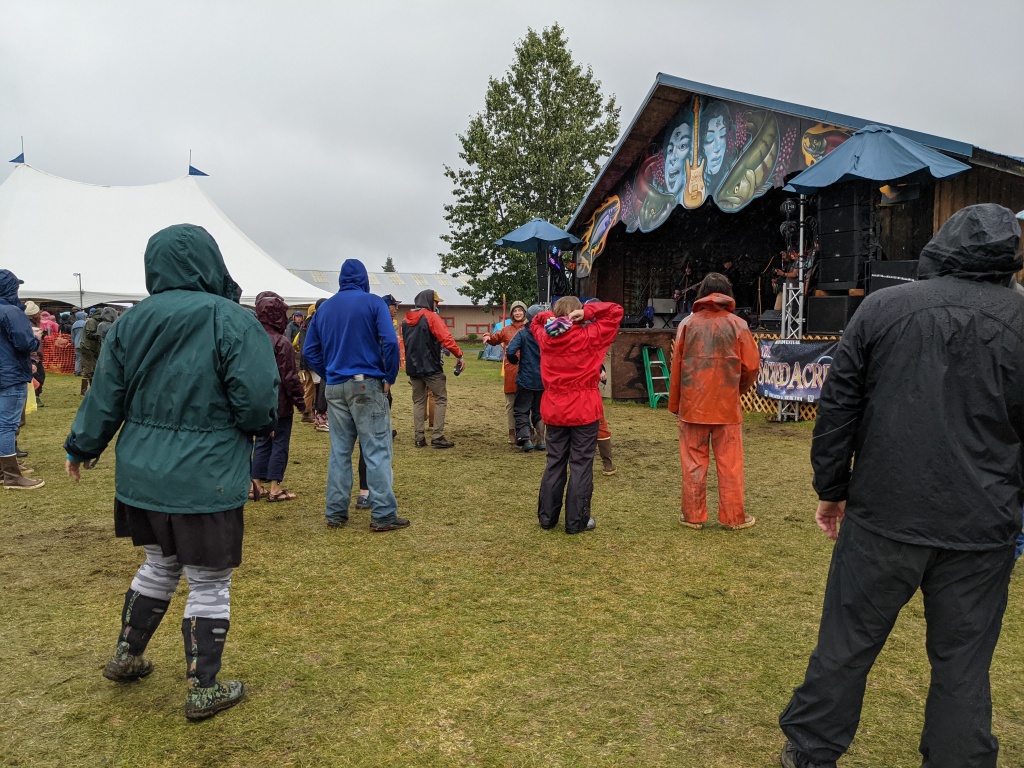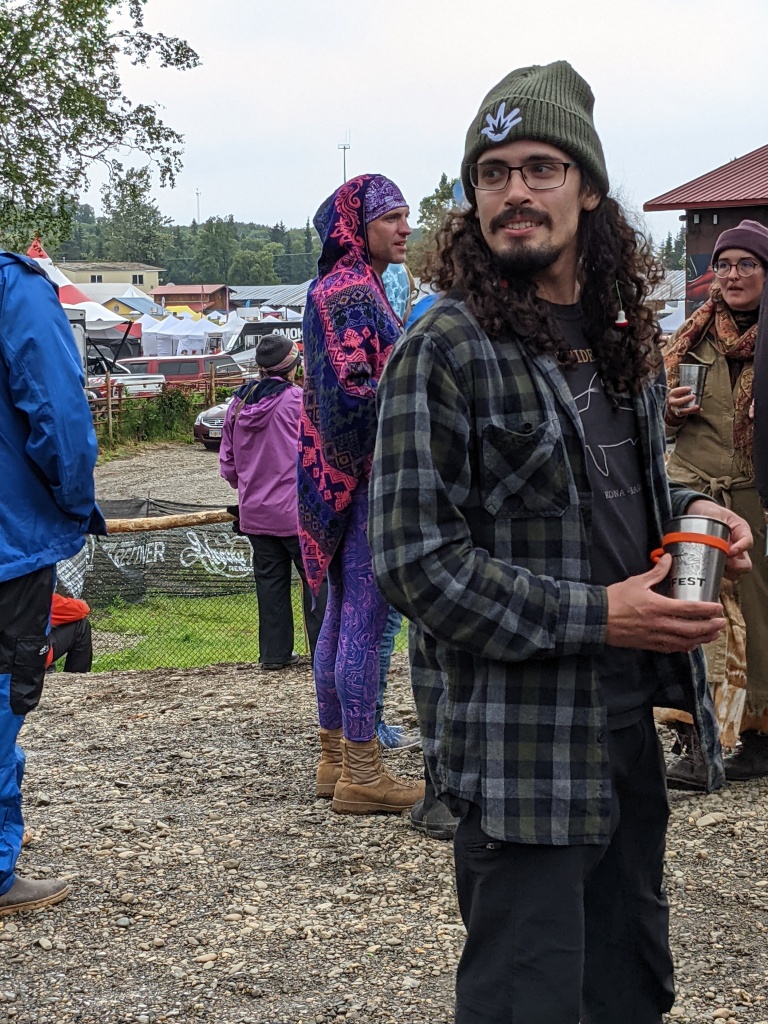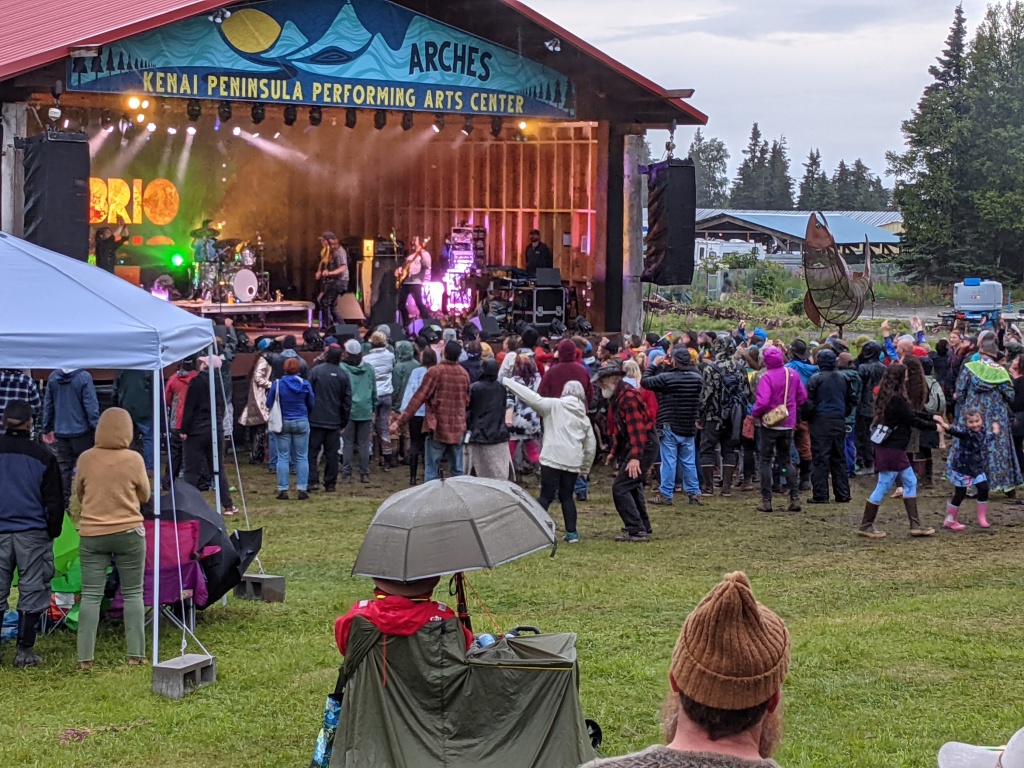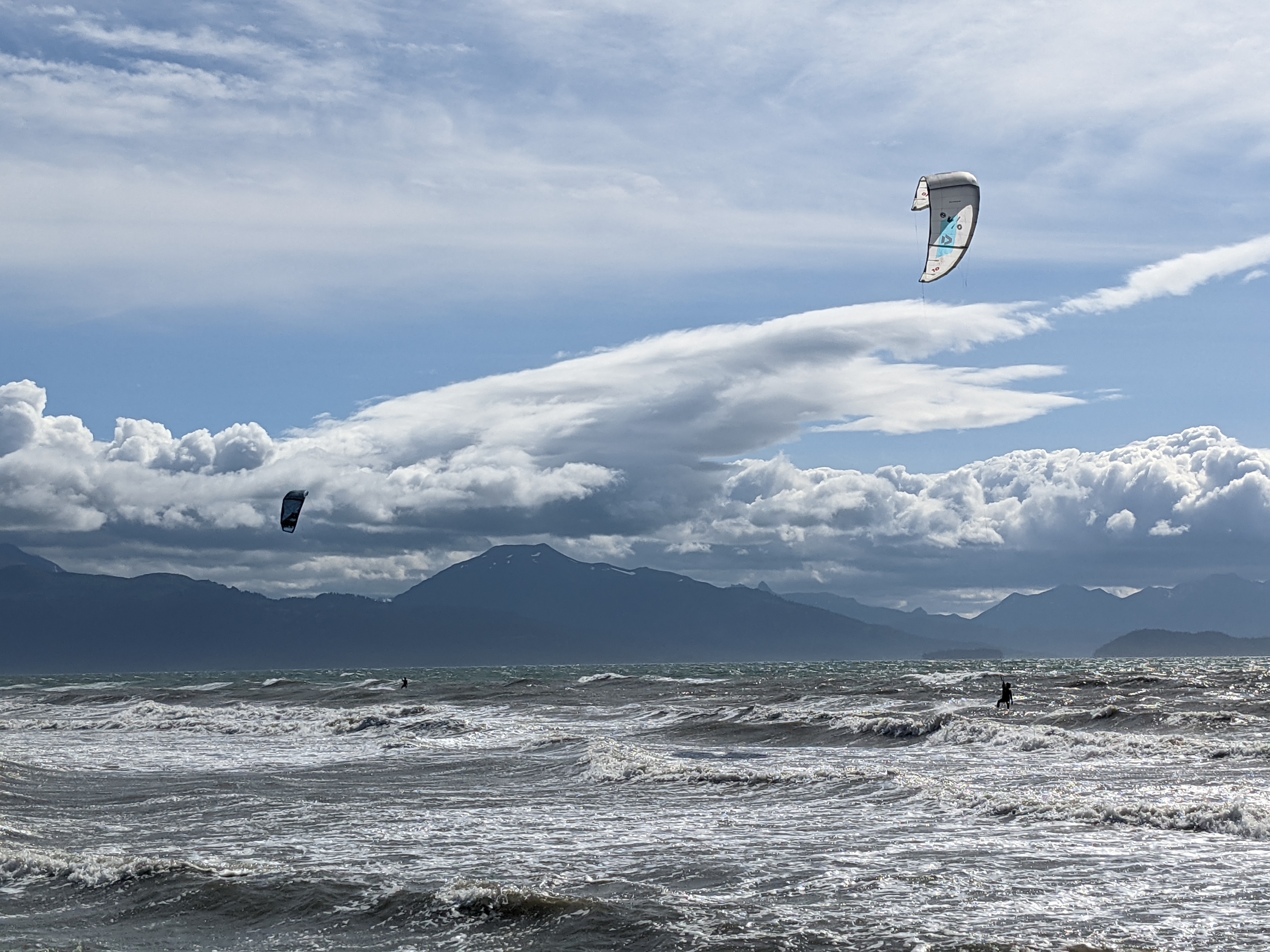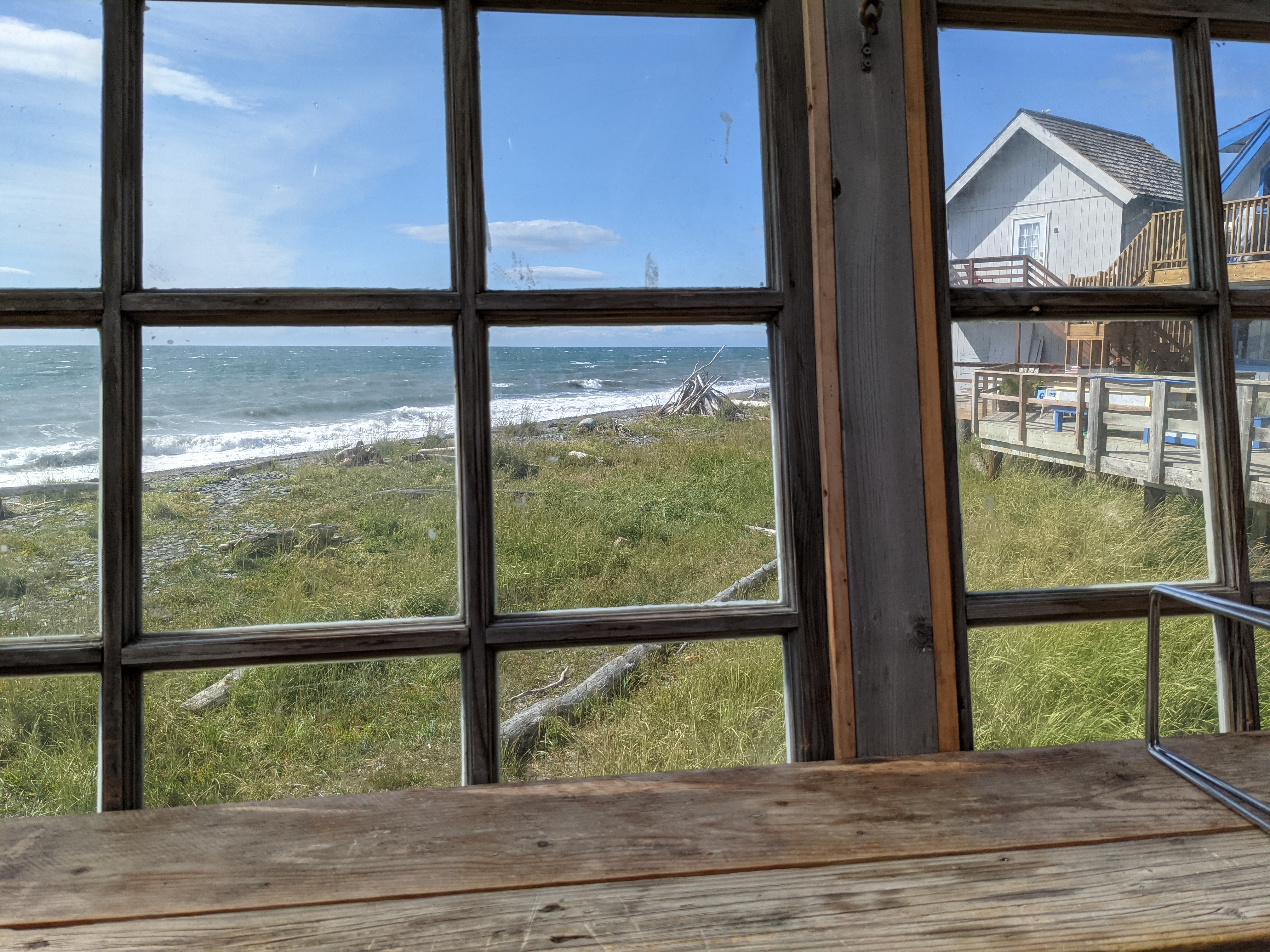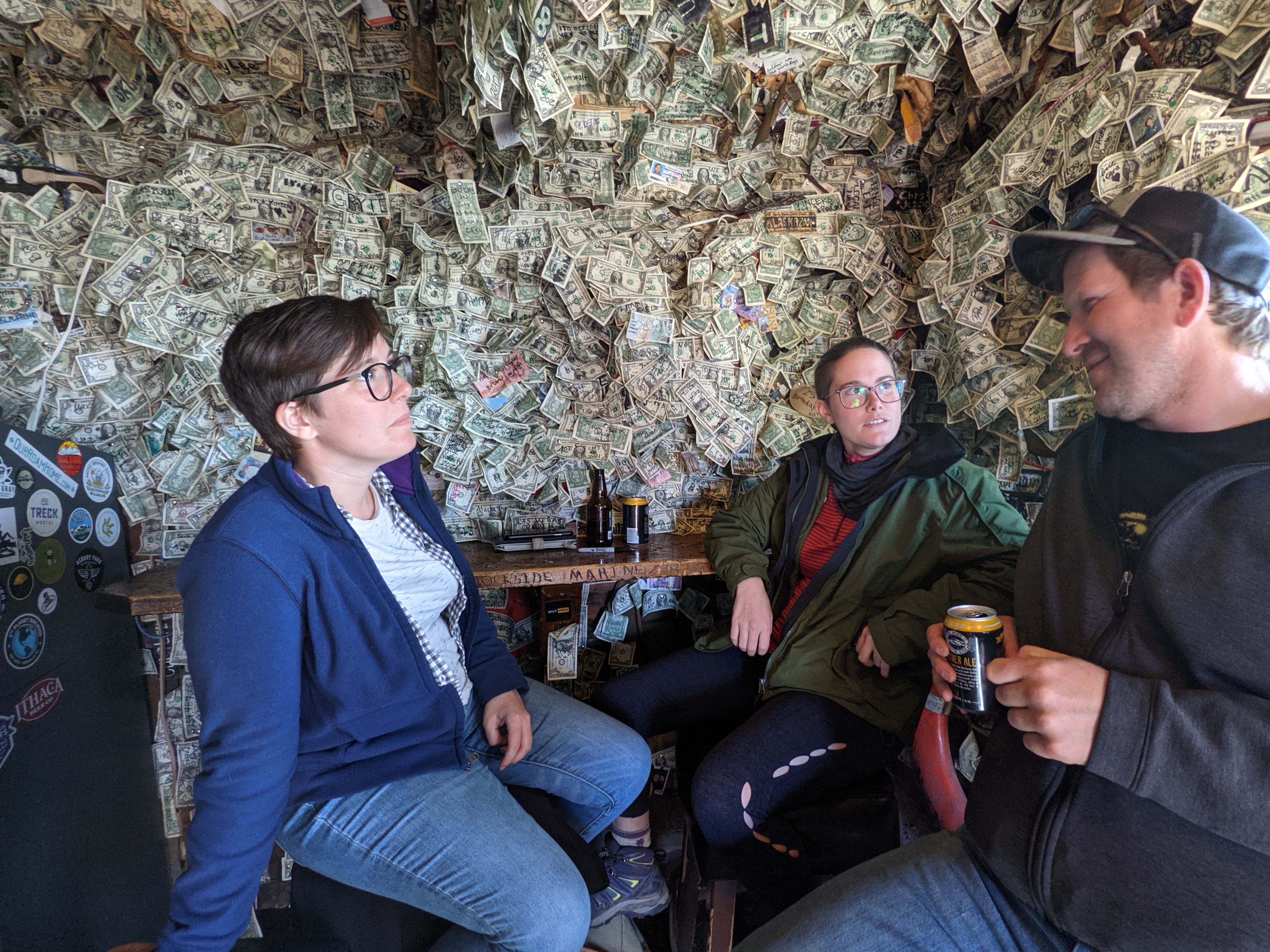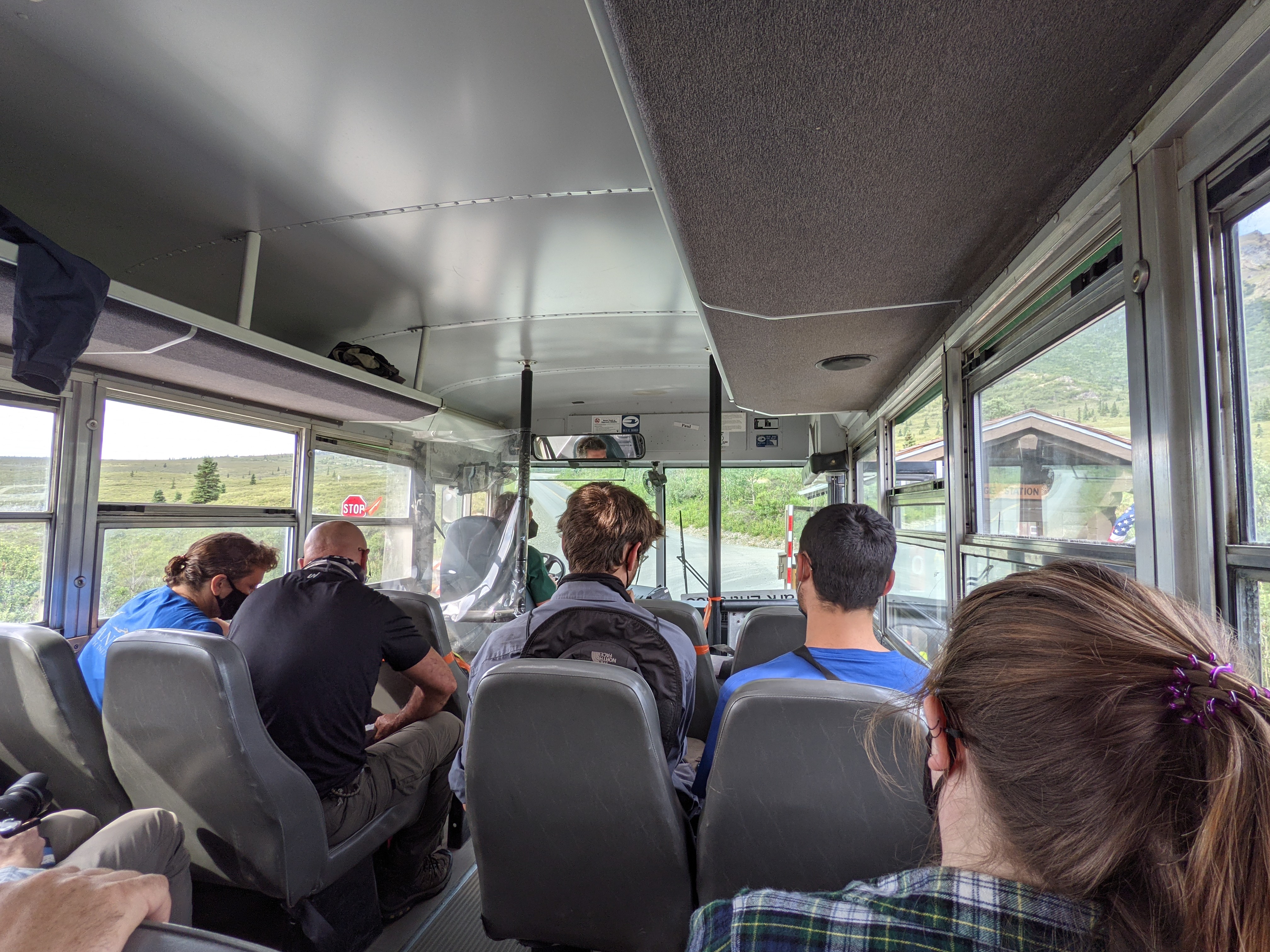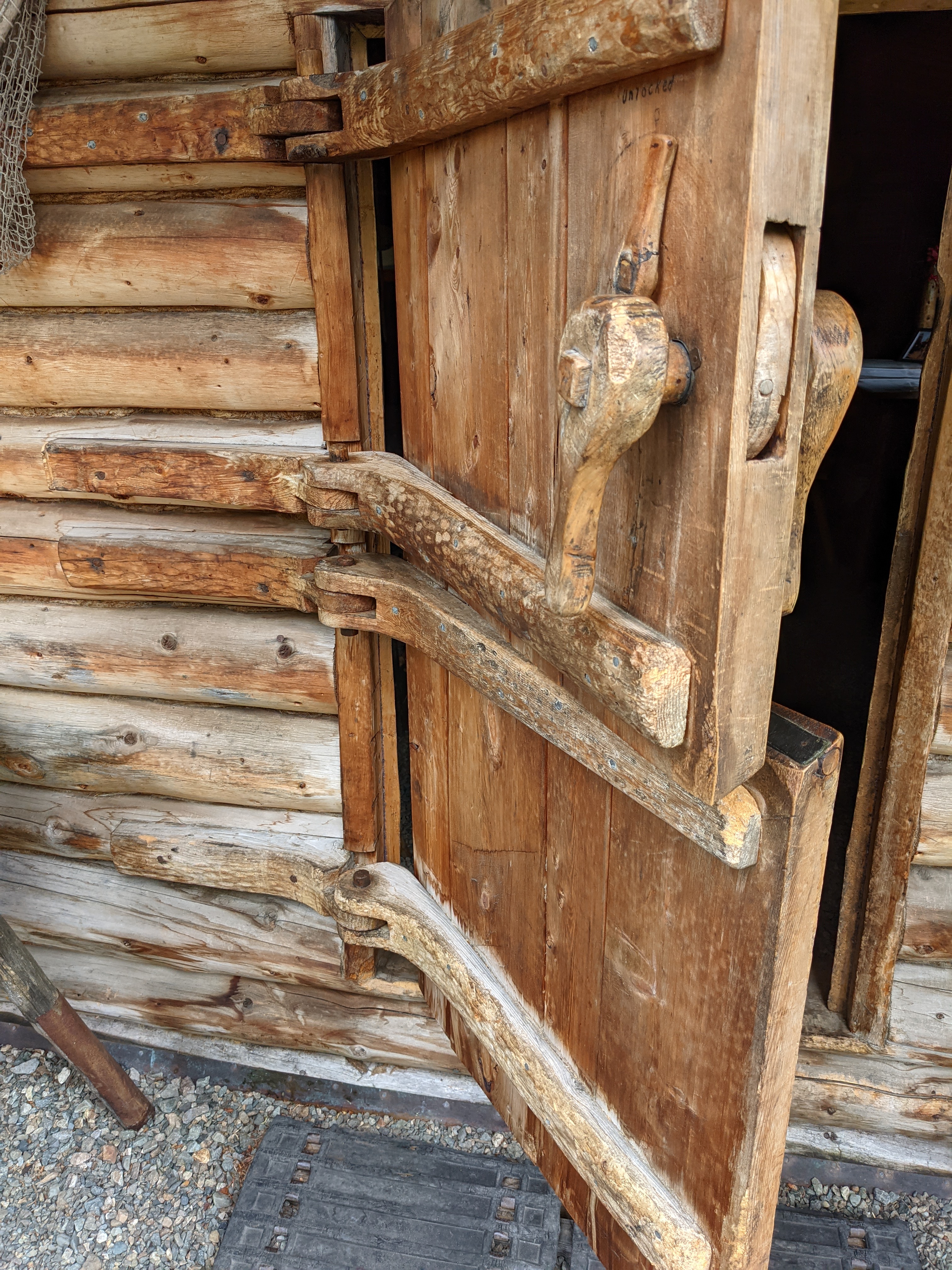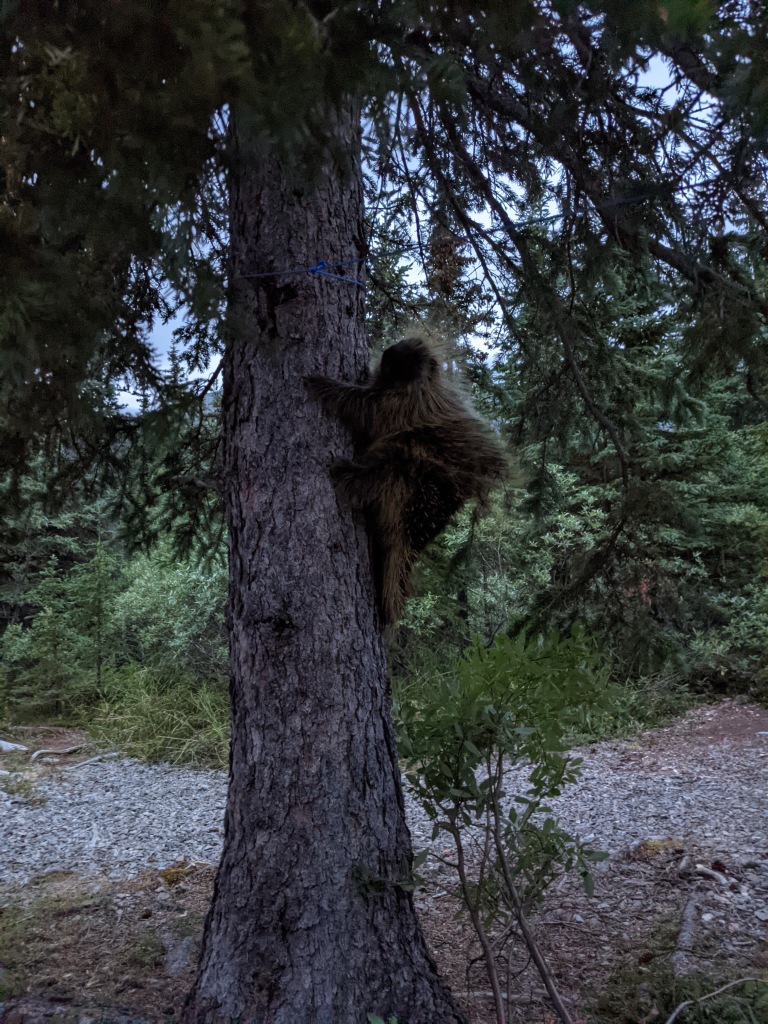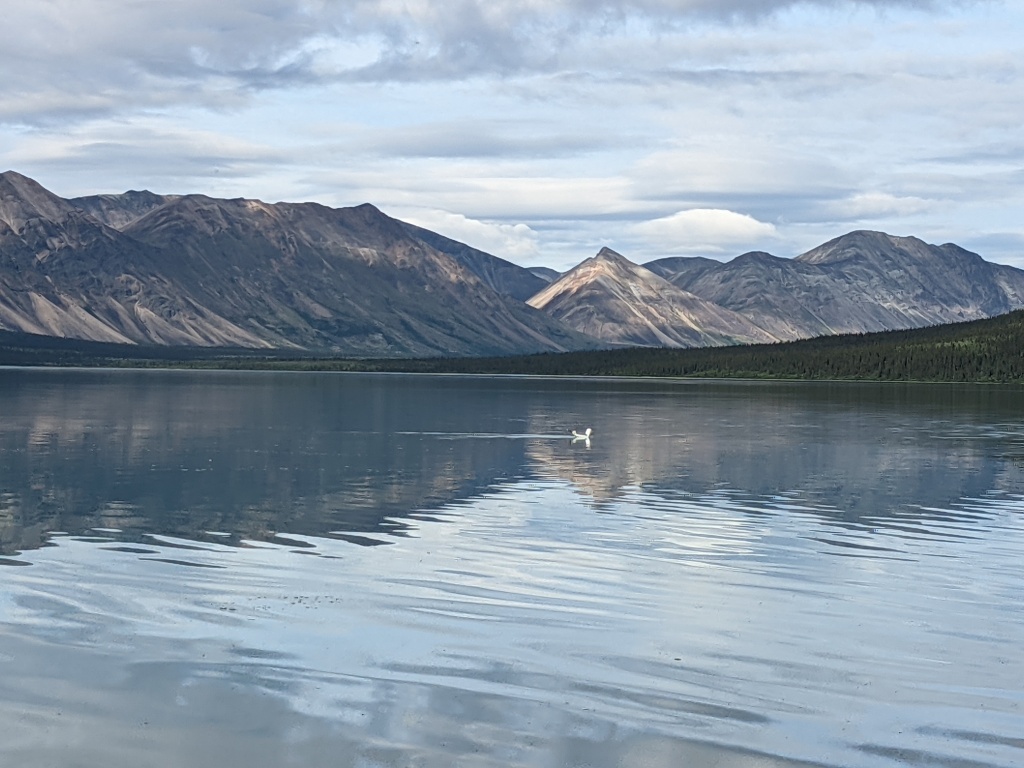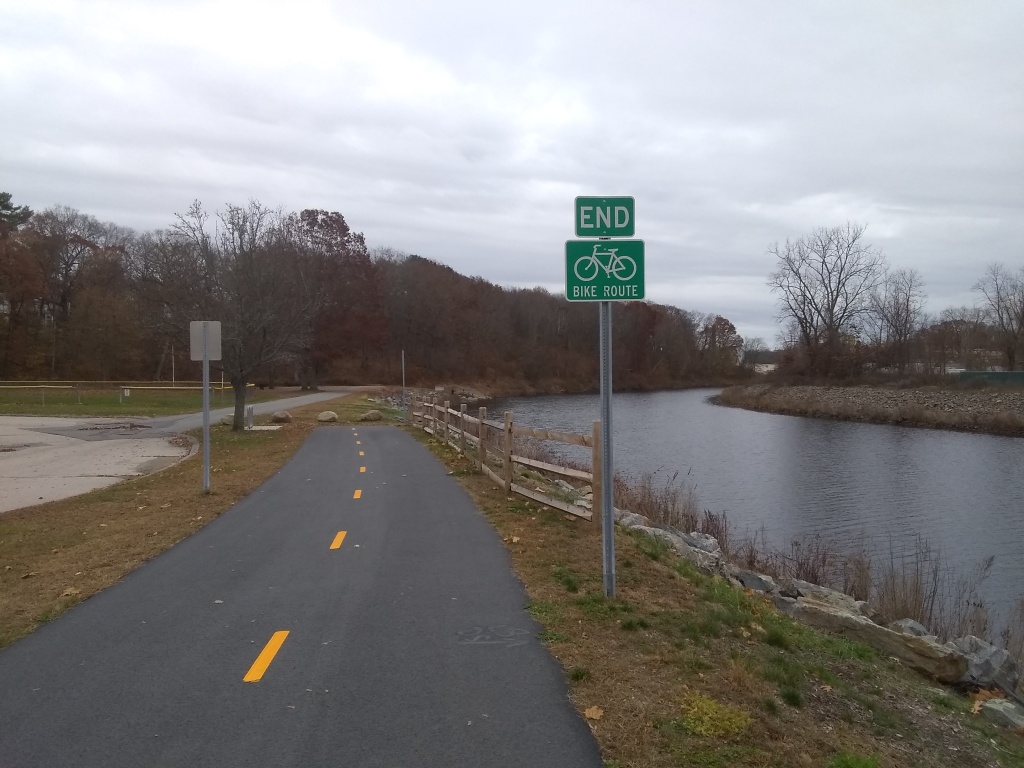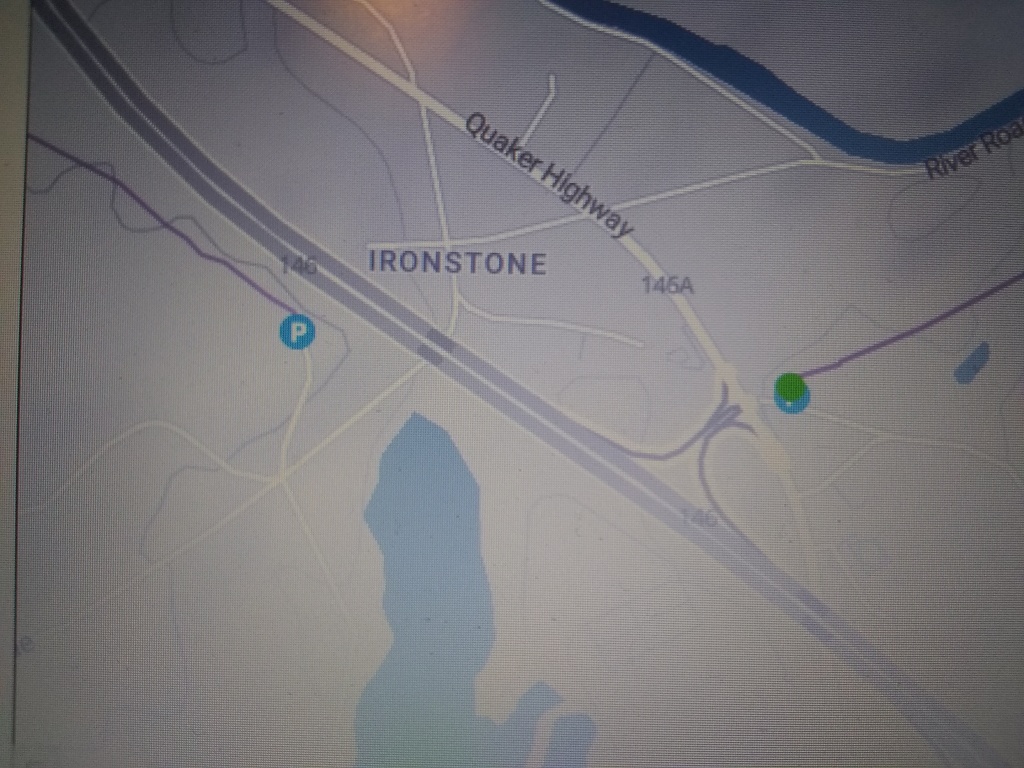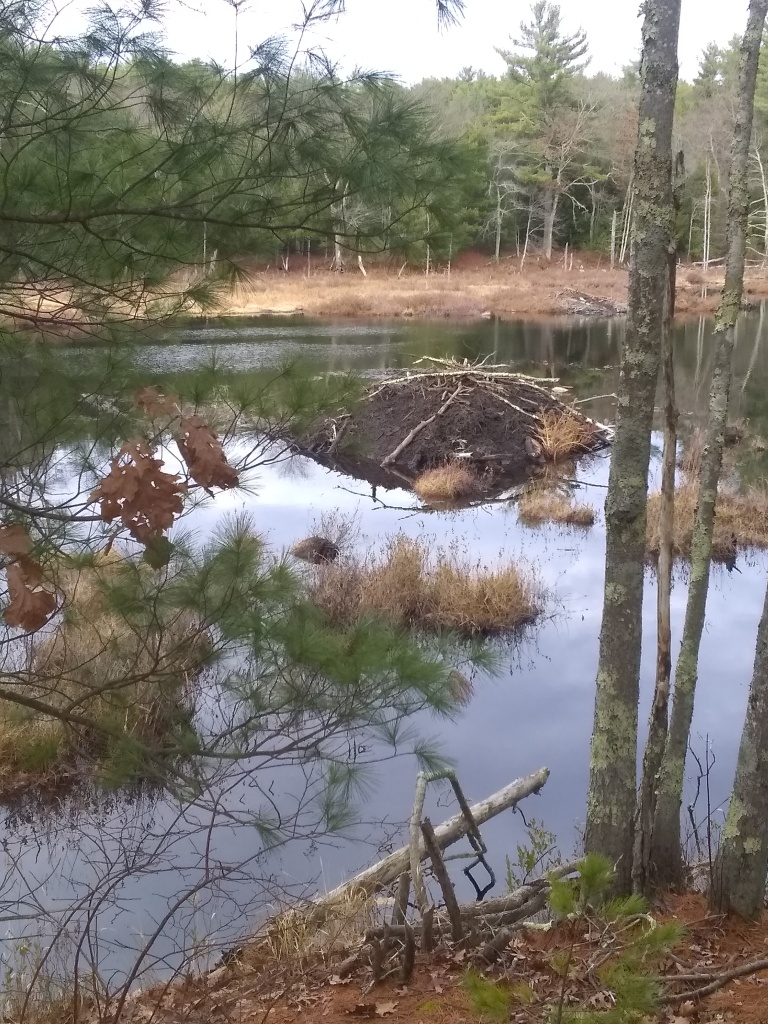My life philosophy has changed, dramatically. I no longer believe that meandering through a foreign city, a new museum, or an unfamiliar bike park is worthwhile.
Of course I continue to do those things, but it’s the meandering that’s changed. I’m now on the tour bus.
It turns out that reading the placards next to the paintings in museums doesn’t provide the same illuminating (and often humorous) context that a docent provides. Nor does wandering a city, staring up at the buildings and statues. The same goes for mountain biking — after years of riding alone on self-guided explorations (or the same old, same old trails) I’m finally embracing group rides.

The first time I realized the difference in depth and appreciation that a tour can provide was when we visited Versailles, in France. My daughters loved this stop on our trip, more than a decade ago. Purely by coincidence our wandering around the opulently overstimulating mansion matched that of an organized tour group. We overheard the tour director talking about the paintings on the ceiling and who was added (or subtracted!) according to the whim of the artist and the person’s popularity. That was fun, so we proceeded to the castle of Neuschwanstein, in the Alps, and took the tour that detailed the former owner’s peculiarities. Knowing more about the history added great depth to our visit and plenty to chat about on the Autobahn afterward.
In Peru, my companion Grace insisted on a tour of Cusco, the city high in the Andes where we stayed before and after visiting the ruins of Machu Picchu. Along with discussing the architecture and various conquerors who took all of the gold from the former capital city, we were treated to a cooking class (I still like to make the chicken and potato dish for company) but my favorite part was the salsa dancing. About a dozen of us, all in hiking boots, attempted to stomp our way through a dance lesson on the second floor of a very old building. My utter lack of rhythm, the wall of mirrors showcasing the absurdity of the event, and being able to see through the floorboards of the creaky old structure just added to the flavor of the trip and expanded the experience beyond the hiking we did.
Group bike rides are similar to museum tours: you get the inside scoop on trails that you might not otherwise ride. I skipped out on these events years ago after a couple of bad experiences (once, in Lynn Woods, I took off with an “intermediate” level group but should have known something was up when most of the 30-something guys were wearing body armor..). Now that I’m old enough to not give a damn about looking like an idiot or being somewhat slow I’m happy to crank alongside anyone else who shows up. It started this summer when I heard about group rides at the state park where I practically grew up — I was not at all familiar with the trails for biking there and needed to know. What better way to learn than a guided tour?
The group of 20+ seemed intimidating. Only four were women. I expected them to be speedy and I was right. But I didn’t hear or experience negativity directed toward those who were slower or had trouble with obstacles. I was a little too busy with maneuvering quickly to pay much attention to memorizing the trails but that’s okay, I had a great ride. In fact, I think I went home with a better appreciation of the group than the terrain.
Just to prove that wasn’t a fluke event, I did another group ride this week. There was about the same male-female ratio (5:1) but this time I realized I was assuming the men would be more experienced riders. Whoa, pump the brakes on stupid assumptions! It turns out I’m just as experienced and skilled as most of them — I just have a self preservation instinct that kicks in and prevents me from doing dumb stuff that is likely to result in injury or bike damage. It seems the guys don’t have that (just kidding, I simply prefer to keep my wheels on the ground while they scaled ledges and dared gravity not to interfere with their descents). Even better, I was exposed to trails I never knew where there in my own backyard.
One might not think that group rides make that much difference to a rider’s abilities, but I disagree. I love being tested, and I’m amazed each time I push through an obstacle without first slowing down to ensure it’s do-able. In these woods that means clearing rock gardens, going over instead of around small boulders and logs, and thinking even faster on the go when approaching new obstacles. Every time I clear something or roll over a boulder instead of going around it, my skills expand tenfold.
I’ve ridden alone for years, growing my skills inch by inch rather than by leaps and bounds. This is an epiphany. Nobody cares that I’ve advanced lightyears in my skills and abilities — except for me. But it matters.

























































